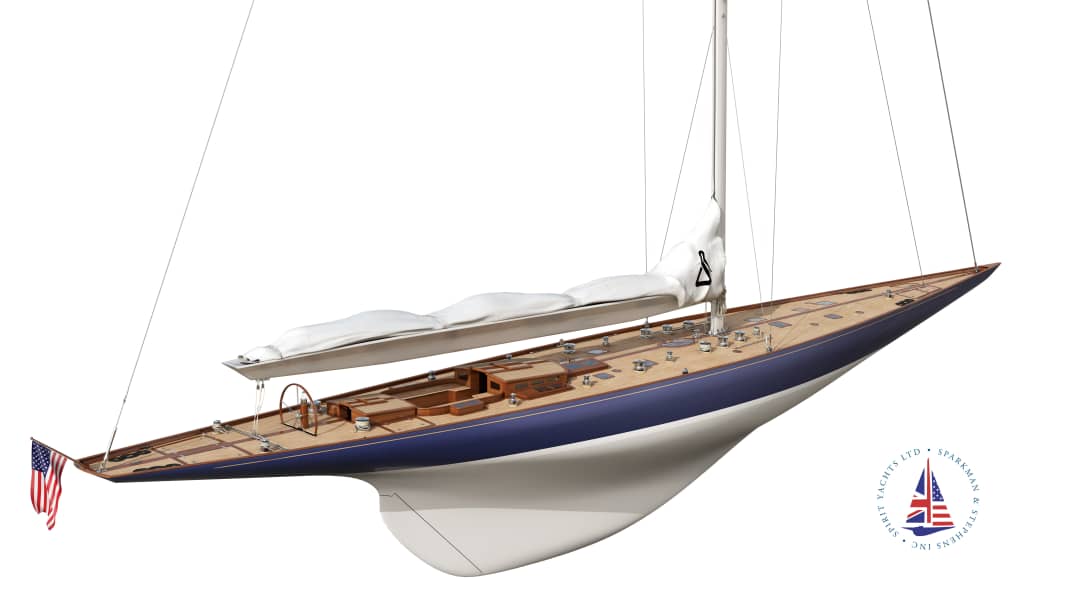
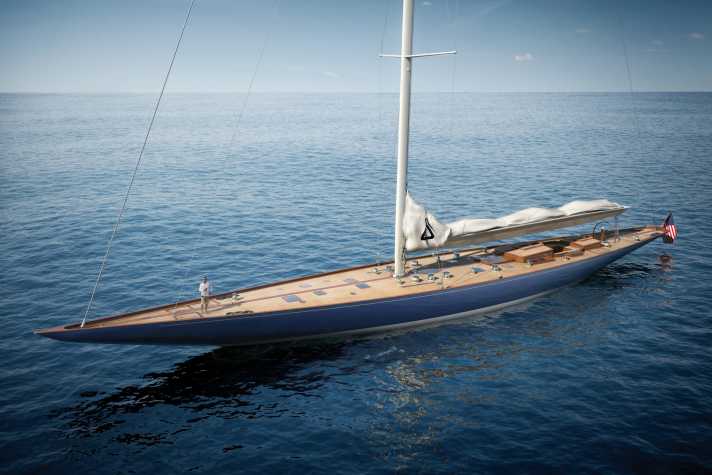
The J-Class continues to grow with an Anglo-Saxon co-operation between Spirit Yachts in England and the famous US design company Sparkman & Stephens. And it will be another Ranger replica, the third in total. The new ship will be christened "Cheveyo", a Native American term that roughly translates into English as "Spirit Warrior". According to the press release, the lines are modelled on the real "Ranger", but not quite. And that needs to be clarified:
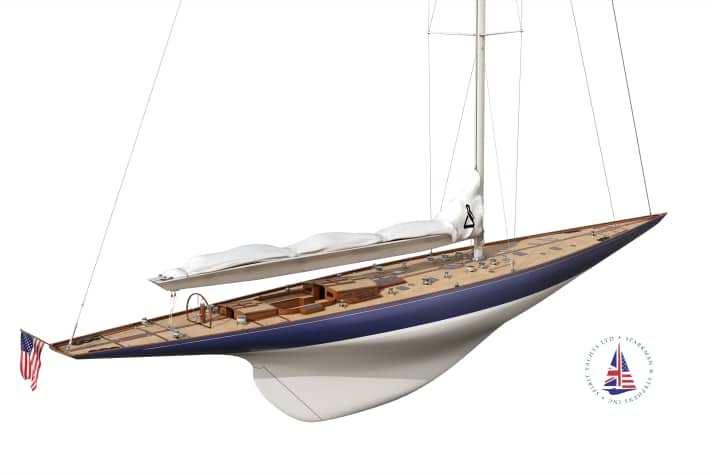
"Ranger", considered the best J-class ever, was designed in 1936 by Starling Burgess and Olin Stephens, with the collaboration of German designer Henry Gruber, who worked for Burgess in the 1930s. Under its owner Harold Vanderbilt, the ship successfully defended the America's Cup in 1937, winning 4:0 against Sir Thomas Sopwith's "Endeavour II", designed by Charles Nicholson. But a total of six cracks of "Ranger" exist, all of which were tested by Stephens in the towing tank. The historic and famous edition was built to crack 77C, which was supposedly particularly suitable for the relatively sheltered waters off Newport. A replica of this boat already exists, the US-flagged "Ranger" with sail number J 5, which was put into service in 2004 but has already undergone an extensive and highly corrective refit. Then there is another replica that followed the 77 F design, launched in 2010 as the "Lionhart" and sailing under the Dutch flag with the sail number JH 1.
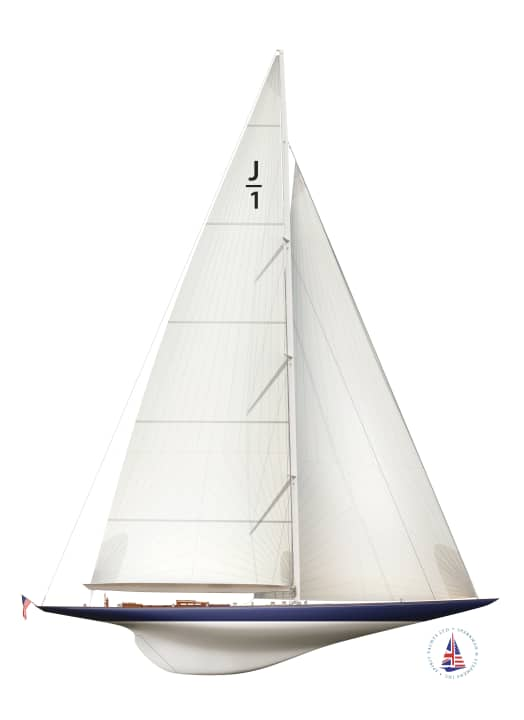
However, S&S has now retrieved Riss 77 B from the archives for "Cheveyo" and, according to the company, it has been optimised for the wood composite construction method used by Spirit Yachts and for sailing in offshore conditions. After all, the aim is to cut a fine figure in classic regattas. The hull is planked on stainless steel frames and equipped with five comfortable cabins, plus crew accommodation for a crew of eight. Somehow you could characterise it as back to the future, because less really should be more, and S&S President Bruce Johnson describes it as follows:
"The wood composite construction will make 'Cheveyo' very different from the other J-classes, which are built in aluminium," Johnson told YACHT online. "This means we will be closer to the historic original, but without having to sacrifice modern materials such as epoxy and manufacturing methods that create a light and rigid structure. In addition, the boat will float on the waterline of the time, i.e. without the additional freeboard permitted today, which means that the wetted area will be smaller." Additional advantages are the pleasant wooden atmosphere below deck and a significantly lower hull weight, which makes it possible to pack more ballast into the keel.
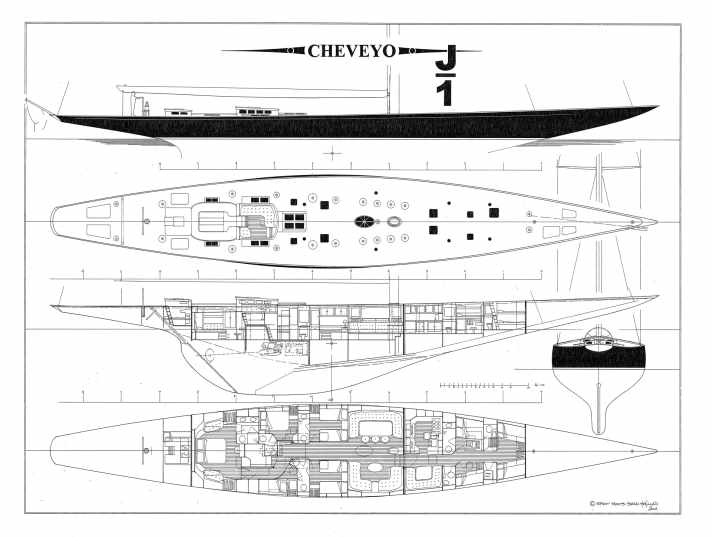
Johnson was unable to say when the ship will be launched, only that construction has already begun. The owner of the new J-Class is a US syndicate of investors.
To the page of S&S
To the Communication
